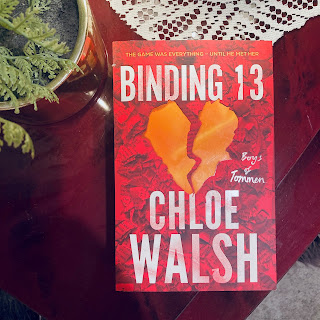Review: Real Friends by Shannon Hale & LeUyen Pham
This middle grade graphic novel certainly packs a punch for realism. And that's no surprise, considering that it is an autobiographical account of author Shannon Hale's experiences at Elementary School in the 1980s. All young Shannon really wants is a friend. She finds one in Adrienne, but as they get older, Adrienne wants to expand her social circle, which leads her to becoming friends with Jen, the most popular girl in their grade and the leader of 'the group.' From here on the author recounts her experiences with the group--their rules and complexities--and Shannon's experiences as a kid who wants to hang on to her friendship with Adrienne but who doesn't want to be a part of the group. Suddenly, every day at school is like torture, where Shannon doesn't know if the other girls will talk to her or not, if she'll be teased or not and what lies ahead. Meanwhile, life at home isn't great either. The middle kid in a family of five, Shannon often finds herself facing the wrath of Wendy, her abusive older sister, and her parents seem to be closing their eyes to the whole situation. Can life get any harder? Maybe being put in a class away from the group might just be the best thing that ever happened to Shannon ...
This may be a short book, but it really packs a punch. Female friendships, especially during the primary school years (or elementary school in the United States,) can be quite complex, and often confusing for introverted kids like Shannon, who are really only interested in having one or two close friends, rather than a large group of friends. They're not always interested in complex rules or doing things just to stay friends with the other girls, which can often lead to them being lower on the food chain, and they can become victimised, particularly by other kids who want to find themselves higher on the social chain. (In this book the mean girl isn't the leader of the group, but another girl, Jenny, who wants to consolidate her position as the leader of the other girls.) I found that it was quite true of my own experiences in primary school--in year five there was a particularly toxic situation where it seemed like every few weeks the core group would kick one of its members and then start bullying her. I was kicked out three times and bullied. Sometimes I'd befriend the kids who were bullied and, sometimes, and I'm ashamed of this, but I think it's also important to own it, I would take part in the bullying. I remember inventing a particularly nasty nickname for one of the other girls which stuck all the way through primary school. Anyway, I think this would be a great book to pass on to kids, and a great starting point to talk about the complexities of friendships. I think there is a lot of value in the way that Shannon resolves her problems--by learning from the behaviour of some of the nicer kids in a higher grade and seeing how they treat others. The novel also touches on mental illness. Shannon demonstrates some signs of OCD and anxiety that go largely ignored by her family, and it becomes obvious that Wendy has her own set of complex problems that are unaddressed, in part because there was not so much awareness of behavioural disorders and their signs during the 1980s, when the book is set.
I also loved LeUyen Pham's illustrations, which added a whole layer of imagination to the novel, often accurately depicting Shannon's feelings.
A compelling and realistic read. Highly recommended.




Comments